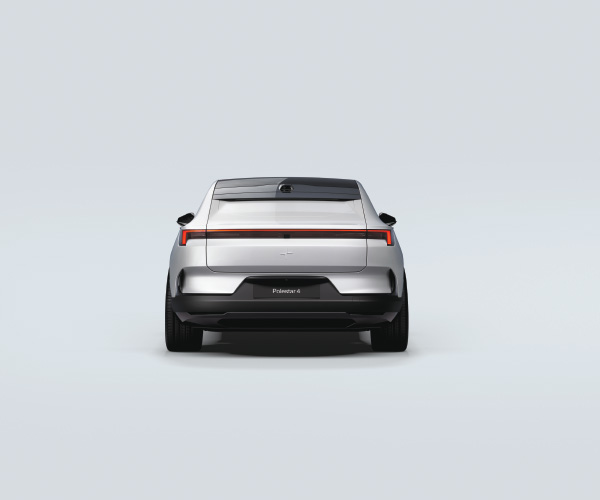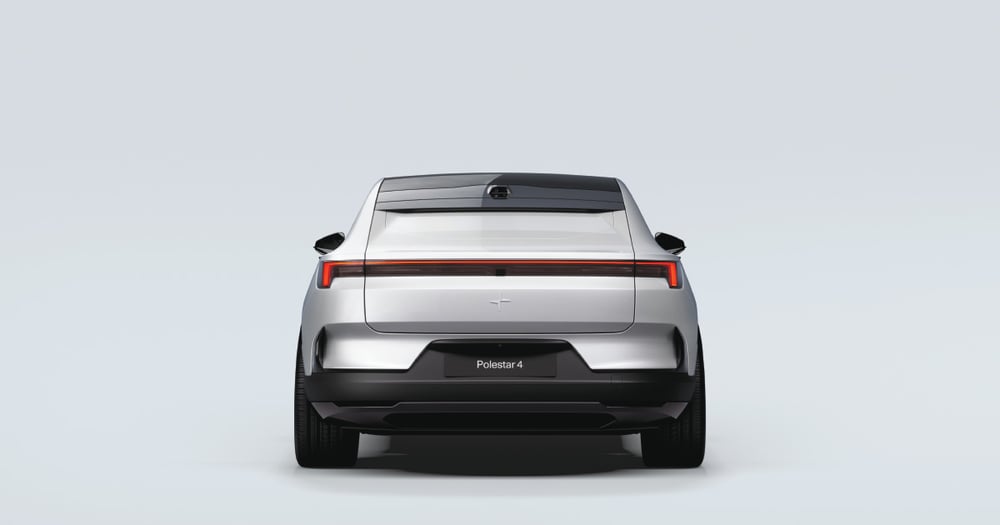
Going for a Global Spin
September 29, 2023
5 minute ReadTechnology breakthroughs and trends in the automotive industry manifest themselves a little differently, based on where you are in the world. Sometimes these evolvements are based on regional preferences and governmental support and other times their appearance (or disappearance) is a surprise. From cars in Sweden with no rear windows to sinking Ford sales in China to the Bolt disappearing in the United States, automotive happenings around the world are constantly in motion.
BEVs booming in China
In April, Shanghai had its first in-person car show since the end of its “Zero-COVID” lockdowns. Chinese battery electric vehicle (BEV) companies were out in force with multiple models that are essentially pushing western vehicle OEMs out the China domestic market.
In 2022, Tesla increased its sales in China by 37% but GM’s sales fell 20% and Ford sales were down 33.5%. Jim Farley, CEO of Ford, said. “The market has totally changed. We’re going to have to rethink what the Ford brand means in a place like China.” And while Tesla is going in the opposite direction, it is increasingly challenged by lower-priced Chinese brands and has reduced its pricing for 2023 to maintain momentum. I
Advancements in the automotive market during the COVID-affected years were impressive. In an interview with Yicai Global, the English language news service of the Yicai Media Group in Shanghai, Silvio Peitro Angori, CEO of Pininfarina, said, “The Chinese electric vehicle market has undergone epochal changes. China has become the most advanced and most competitive EV market in the world.”
Over 1,000 companies exhibited in the show featuring over 1,200 models, many of which have significantly advanced the state of BEV design. Examples of new technology include:
- Li Auto introduced its 800-volt fast charging solution, which allows its BEVs to achieve a driving range of 400 kilometers (250 miles) with just a 10-minute charge.
- CATL, the world’s leading BEV battery company, introduced a new semi-solid-state product, claiming an energy density of 500 Watt hours per kilogram (Wh/kg). Tesla’s recently introduced 4680 battery, a leading design in the USA, has an energy density below 300 kWh/kg.
- BYD introduced its U8 SUV, which can drive 1,000 km (620 miles) on a single charge and also announced thousands of preorders for its low-end Seagull BEV, which will retail for $11,300.
- Li Auto and BYD stated very different opinions relative to the future of autonomous cars. Li Auto announced its Li AD Max 3.0 ADAS software stack claiming that it will be able to function without high-precision maps and “perceive, decide and plan in real time like a human driver.” The company also said it would support software upgrades forever without the subscriptions required by other vehicle brands.
- Meanwhile, Li Yunfei, the general manager of BYD’s branding and PR division, said that BYD thinks “self-driving tech that’s fully separated from humans is very, very far away, and basically impossible.”
A jolt for the Bolt in US
GM announced they are ending production of the Chevy Bolt and Bolt EUV electric drive cars. Well… that was a short-lived love affair.
The Bolt had a slow start after its 2016 introduction, but the low-cost BEV caught on and in 2022, GM sold a record level of 38,120 models, which was 55.3% over their 2021 sales. In the first quarter of this year, GM sold 19,700 Bolt EV/EUV models and stated in early April that they were forecasting over 70,000 sales for 2023. Then they killed it.
At $26,500 for the Bolt and $27,800 for the Bolt EUV, these two cars are the least expensive BEV cars in the USA that qualify for the Inflation Reduction Act (IRA) $7,500 tax credit. When they go away at the end of this year, the only sub-$30,000 battery electric car available for sale in the USA will be the Nissan Leaf, which, due to the makeup of its battery, is not eligible for the full credit.
The Orion, Mich., factory manufacturing the Bolt models will be converted to BEV models of the full-sized GMC Sierra and Chevrolet Silverado pickup trucks.
It is a tale of model profitability.
GM’s profitability was down 18.5% in the first quarter of 2023 resulting in a drop in its stock value. The company makes most of its profits from the production of the full-sized truck models.
R.I.P. Chevy Bolt – you were a noble effort in affordable electric drive.

BEV tax credit loophole
Speaking of electric vehicles, less than a dozen BEV models qualify for the IRA $7,500 tax credit . But there is a way around that – simply lease the car instead of buying it.
If you are following the BEV news, you know that Hyundai’s Ioniq models and Kia’s EV 6 and 9 models are very attractive BEV cars that sell in the $40,000-$50,000 range but do not qualify for the IRA tax credit because they are not manufactured in the United States. Some new IRA exemptions have been introduced, however, that allow any leased BEV, regardless of its manufactured location or battery mineral sources, to qualify for the credits.
How did that happen?
International automakers lobbied the U.S. Congress heavily after the IRA essentially locked them out of USA BEV competitiveness. In response, the U.S. Treasury Department ruled in December 2022 that leased vehicles are now characterized as commercial vehicles and therefore exempt from the IRA country and battery requirements. Presto! In 2022, just 5% of Hyundai’s sales in the USA were leased vehicles. In the first quarter of 2023, that number is up to 28%. For the entire BEV market in March 2023, leased vehicle sales were 34% of total sales — nearly double the 18% of March 2022.
Where there’s legislation, there’s a loophole.
Rethinking rear windows
The progression of the rearview video camera is leading to car designs that are missing what used to be considered a staple in any vehicle: a rear window. Polestar, a Swedish brand owned by Volvo and PSD Investments Ltd., has introduced its new Polestar 4 SUV with a full panoramic roof — but no rear window. The rearview mirror was replaced by a high-definition screen that shows a live feed from a roof-mounted rear camera – enabling a wider field of view. According to the press release, the elimination of the rear window allows the glass roof to stretch beyond the rear occupants’ heads, “creating a truly unique interior ambience.”
The design provides additional head room for rear seat passengers and the glass roof comes with an electrochromic option, so it can be switched from opaque to transparent. But it remains to be seen how it will handle various weather challenges. How will the video camera handle heavy snow? What happens if the camera malfunctions? Stay tuned.








